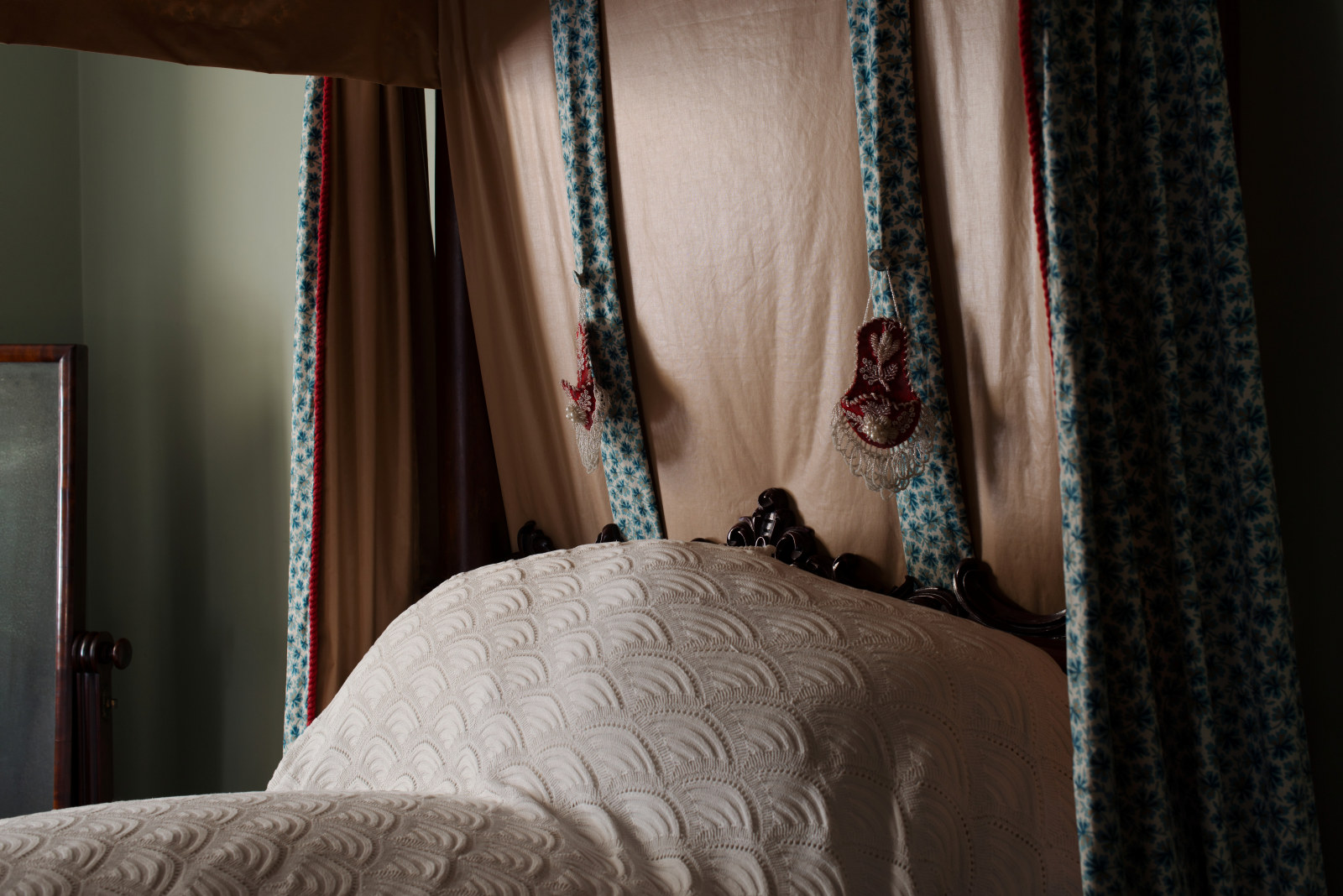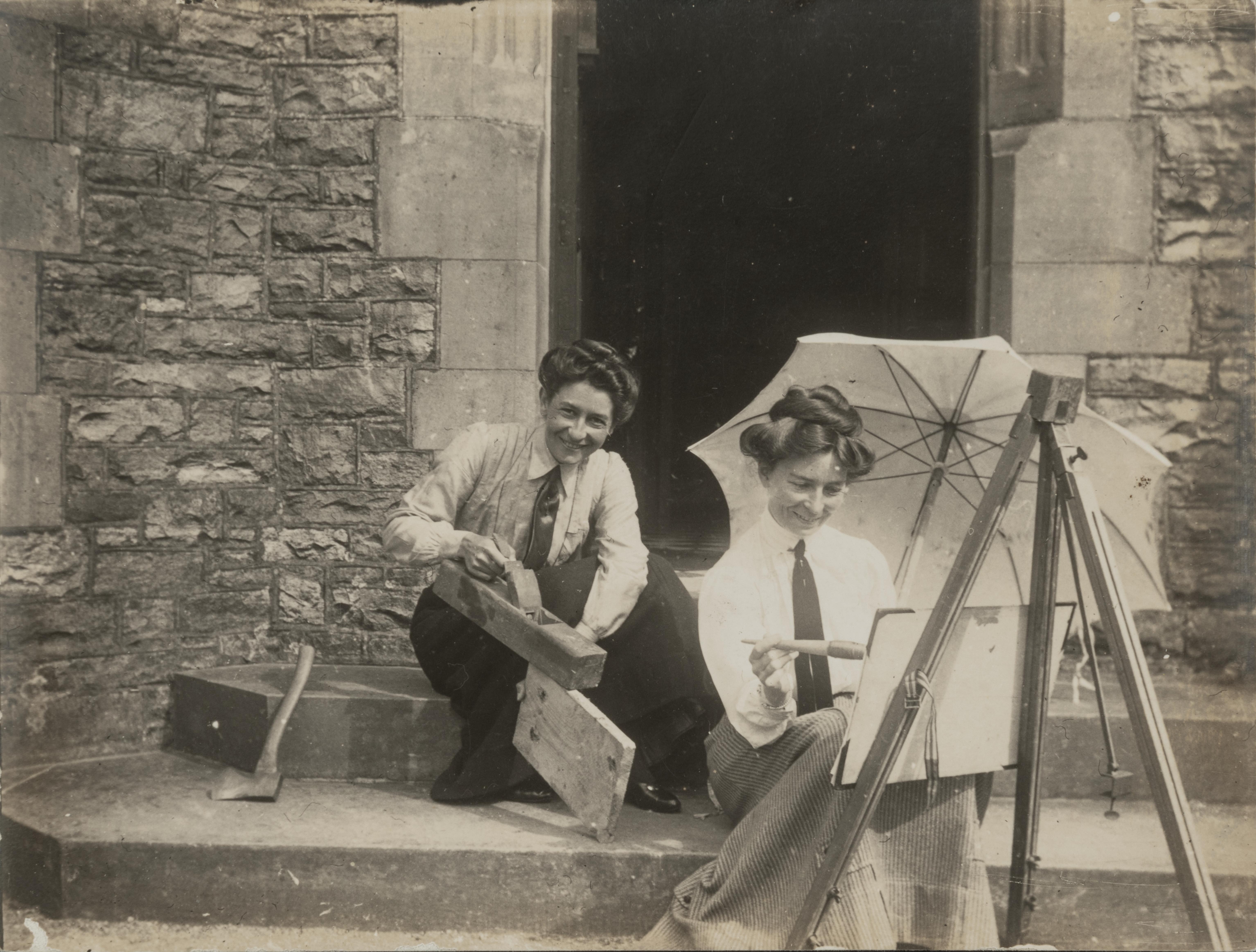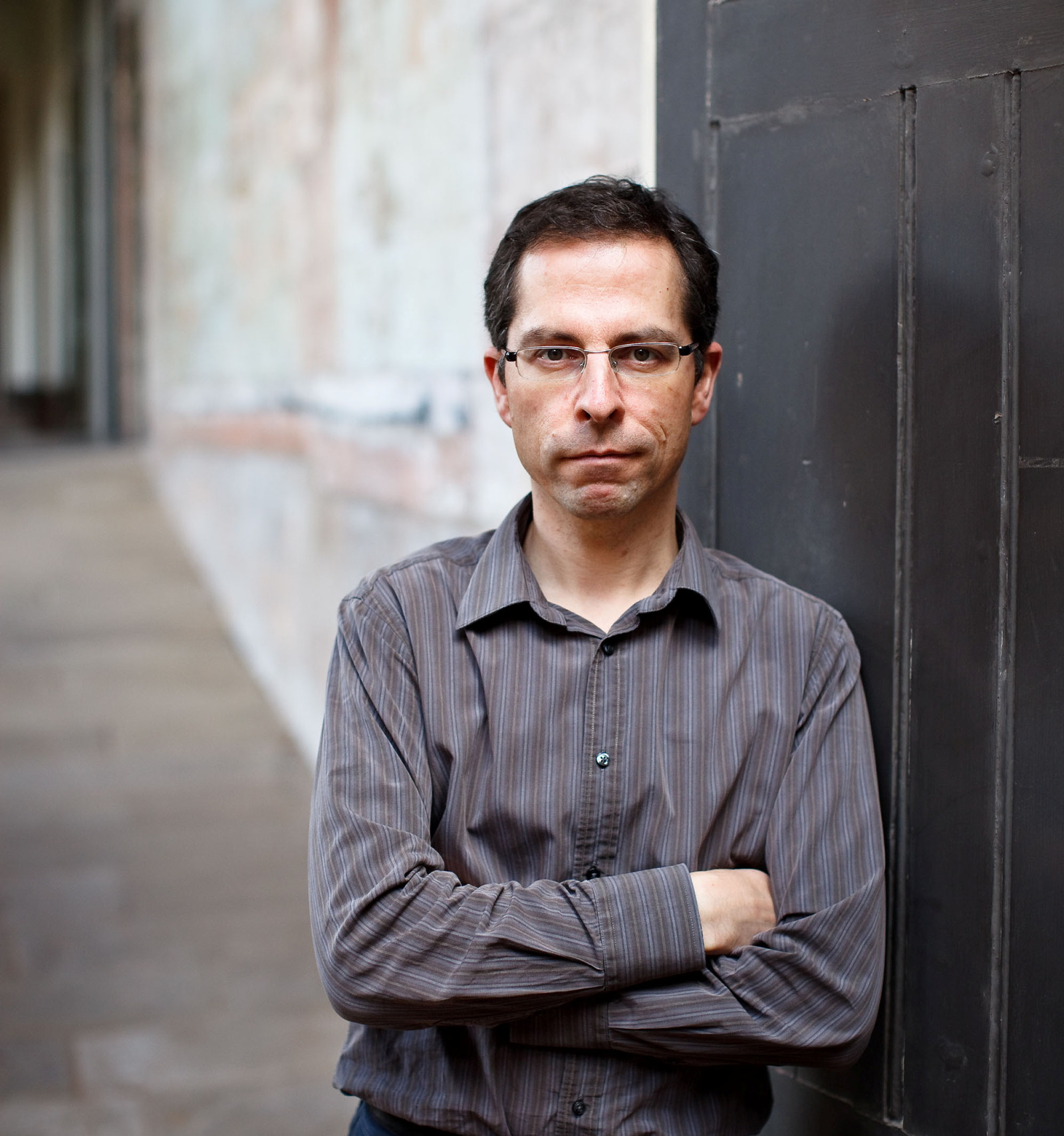Frances Burke Textiles
A wonderful new book has hit our desk in the last week - Frances Burke: designer of modern textiles. Authors Nanette Carter and Robyn Oswald-Jacobs have produced a beautifully illustrated tome about Frances Burke’s (1904–1994) career as a textile designer, manufacturer, retailer, design ambassador and businesswoman.
Burke produced dozens of different textile designs during her career, often in a single strong colour with clear and distinct motifs. The Caroline Simpson Library & Research Collection (CSL&RC) holds over thirty of Burke’s designs, of which twelve appear in the new publication. The Burke textiles are just part of the substantial collection of historic furnishing fabrics held by the CSL&RC.
Burke started her textile business, Burway Prints, with colleague Morris Holloway in Melbourne in 1937 - Holloway left the business 5 years later and the company was then generally (but not officially) referred to as Frances Burke Fabrics. Her bold prints quickly found a market through Melbourne department stores, but especially among the leading architects and interior designers of the day, including Roy Grounds, Robin Boyd and Marion Hall Best. Sales were also assisted by wartime shortages and the fashion for light, printed linen or cotton furnishing fabrics. In 1948 Burke opened a shop, New Design, selling her textiles, lighting, pottery and furniture by local designers like Grant Featherston and Clement Meadmore. Burke’s business quickly expanded after the war as her fabrics became available in all states of Australia and she took on several significant commissions including for the new Hayman Island resort, numerous hospitals, child health care centres and the seminal 1949 Modern Home Exhibition.
Furnishing textiles of the 1940s and 50s were often vibrant and assertive, and sometimes the only pattern found in homes of the period. However, authors Carter and Oswald-Jacobs stated that Burke’s ‘designs and colours contributed to a balanced interior. Rather than seeking to draw all the attention and overwhelming the spaces in which they appeared… her approach to furnishing fabric was that it should be a single unit of a unified scheme.’ Burke continued to run her successful textile business until retiring in 1970.
Published on
Related

The Astor, 1923–2023
Upon completion in 1923, The Astor in Sydney's Macquarie Stree twas the largest reinforced concrete building in Australia, the tallest residential block, and this country’s first company title residences

Watch pockets
Watch pockets hung on the head cloth of a four-post bedstead and originally served in place of bedside tables, which were uncommon in the 19th century

Wall to wall: a marvellous wallpaper collection
A remarkable donation of over 3000 wallpaper samples by John and Phyllis Murphy adds to our existing collection to form Australia’s largest repository of historic wallpapers

Queering the Interior: London, New York, Sydney, 1882–1929
Design practices of five figures from queer history: Irish playwright and poet Oscar Wilde, American actress and interior designer Elsie de Wolfe, and Australian artists Eirene Mort, Roy de Maistre and Adrian Feint (1894–1971)
